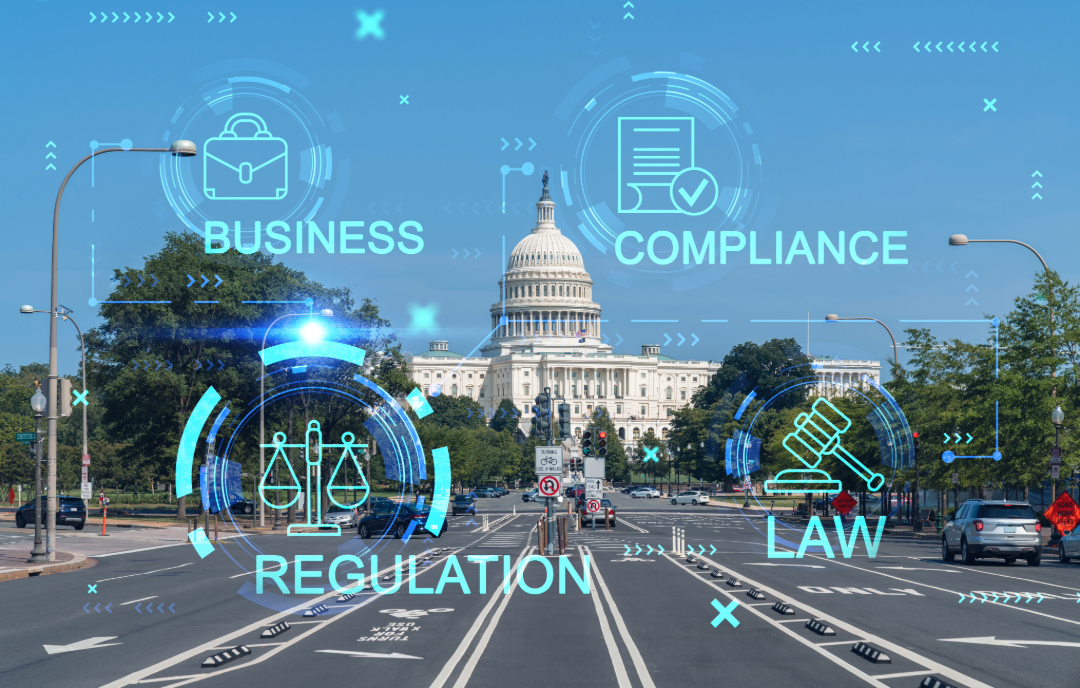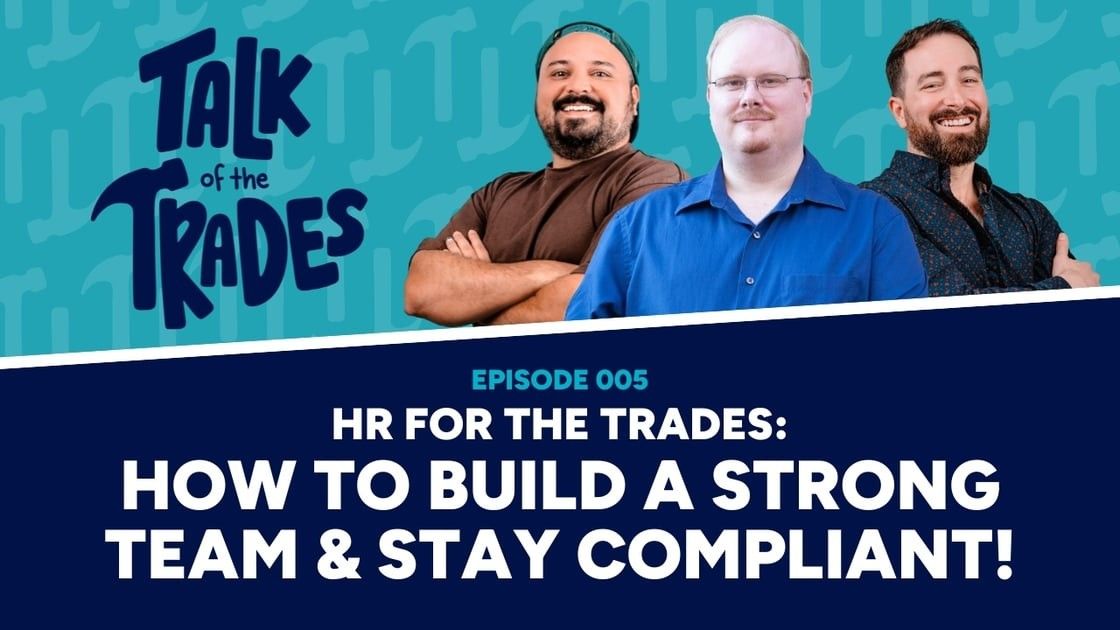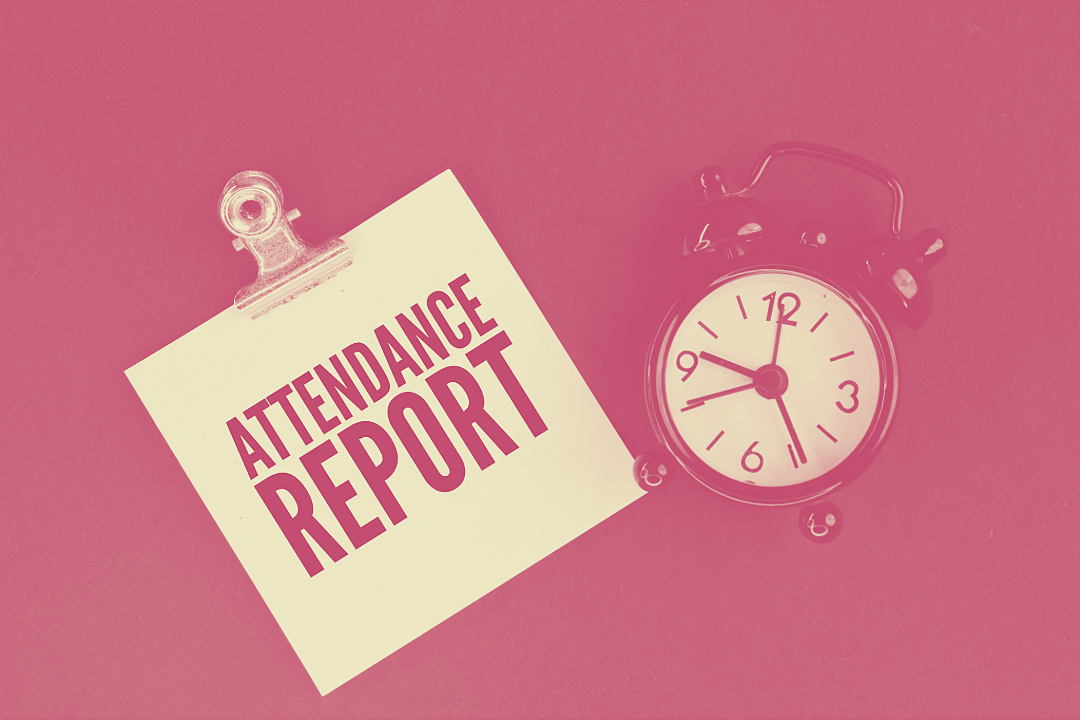Using an Effective Safety Program
13 November 2023
Staying OSHA-compliant when you run a business in the Trades
Being the H.R. Guy, I tend to focus on HR concerns and topics, but we can't forget the OTHER elephant in the room: OSHA and Safety.
Much like general Employment Management and Payroll requirements, every business and industry has its unique challenges when it comes to OSHA… especially if you are running a business in the Trades.
First things first: for my friends who own/manage HVAC, Plumbing, Roofing, and Electrical companies, the Department of Labor as a whole (and OSHA specifically) classifies your type of Residential Service Provider company as "Construction." Not retail, service, or General Industry. And there are special regulations that go along with being in Construction.
Secondly, whether you are in the Trades or not, managing safety has multiple benefits outside of your desire to keep OSHA off your back.
- Safe employees are PRODUCTIVE employees
- Do you really need any other benefits?? 😊
Employees who get injured on the job take away from your team’s ability to represent the Brand and/or provide solutions to the customer. In other words, it is valuable to keep employees working and happy, not just because it's the right thing to do or OSHA demands it.
So, how do you use an effective Safety Program? Start with HAVING an effective Safety Program! Accidents WILL happen, but it is YOUR responsibility to minimize the risk. A successful Safety Program must include, at a minimum:
- Safety Manual – Updated Annually (a personalized Safety Manual comes with a BPC Retainer Account!)
- Safety Training – Presented and documented to PROVE employees received and processed the information, using either signatures and/or quizzes. (BPC clients receive 2 safety topics delivered each month, with additional topics available as requested)
- Adequate PPE – Have enough, and of high enough quality, to protect employees, whatever their tasks may be
- ACCOUNTABILITY! – Without holding employees accountable to the above three, you have ZERO defense against OSHA if/when they make an appearance
Next, DO NOT just rely on having the paperwork. Integrate safety into the normal operations of your Brand.
- Actively refer to safety policies during new hire, ongoing, and post-disciplinary action trainings
- Encourage team engagement. Have employees rotate through presenting training topics to improve engagement and retention
- Build safety checks into other operational systems
- Annual/quarterly performance reviews
- Vehicle inspections
- Shop walk-throughs
- Incentivize safety – NOT for being accident-free, but for identifying safety hazards and/or corrective actions/suggestions
Finally, ACCOUNTABILITY! Just like everything related to HR, policies and training have no value if you don't ensure the rules are being followed once employees are on the job. Not only does lack of accountability result in a weak Brand, it puts your team, customers, and the entire company at risk. To summarize: You get what you tolerate!
For more information on setting up and maintaining an OSHA-compliant Safety Program, reach out to us and we can help.

Reasonable Accommodations in the workplace are no joke - you can get into serious legal trouble if you don't comply with the ADA. Yet here's a case study on a company who terminated someone for an issue directly related to their disability and was not held legally liable. Check out the details of how this might apply to your business.









